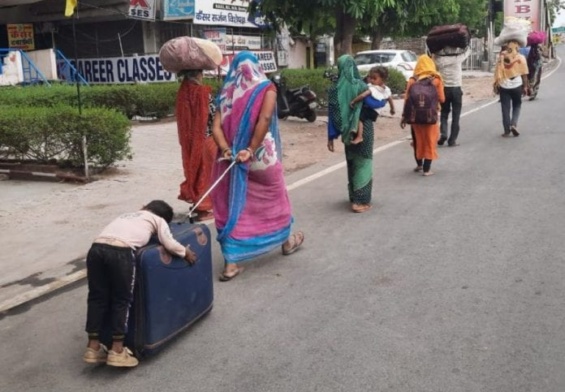Mistaken shake hand…!!!
Mistaken shake hand…!!!
A handshake is a globally widespread, brief greeting or parting tradition in which two people grasp one of each other’s like hands and in most cases accompanied by a brief up-and-down movement of the grasped hands.
Have you ever thought of mistaken shake hand? I don’t think so. Before I may share my experience, let us have a look over the significance of shaking hand.
Using the right hand is generally considered proper etiquette. Different cultures may be more or less likely to shake hands, or there may be different customs about how or when to shake hands.
Archaeological ruins and ancient texts show that handshaking was practiced in ancient Greece as far back as the 5th century BC; a depiction of two soldiers shaking hands can be found on part of a 5th-century BC funerary stele on display in the Pergamon Museum in Berlin.
The handshake is believed by some to have originated as a gesture of peace by demonstrating that the hand holds no weapon. There are various customs surrounding handshakes, both generically and specific to certain cultures:
The handshake is commonly done upon meeting, greeting, and parting offering congratulations, expressing gratitude or completing an agreement. In sports or other competitive activities, it is also done as a sign of good sportsmanship. Its purpose is to convey trust, respect, balance, and equality. If it is done to form an agreement, the agreement is not official until the hands are parted.
Unless health issues or local customs dictate otherwise, usually a handshake is made with bare hands. However, it depends on the situation. However, in Switzerland, it may be expected to shake the women’s hands first. Whereas, in Russia, a handshake is performed by men and rarely performed by women. In some countries,s handshakes are not as firm as in the West. In the Arabic world, handshaking between men and women is not encouraged.
In certain countries like Moroccans, one kiss on each cheek together the handshake is prevalent. Also, in some countries, a variation exists where instead of kisses, after the handshake the palm is placed on the heart.
While in India and several nearby countries, the respect Namaste gesture – with folded hands sometimes combined with a slight bow is traditionally used in place of handshakes. Another version popular with politicians is a photo-op handshake in which, after the initial grasp both individuals turn to face present photographers and cameramen and stay this way for several seconds.
There are a number of record-breaking shaking hands and find a place in the Guinness Book of Records. The longest shake hand is of 33 hours and 3 minutes – a world record breaker of Alastair Galpin and Don Purdo from New Zealand and Nepalese brothers Rohit and Santosh Timilsina.
Surprisingly, an Algerian woman married to a Frenchman took part in a naturalization ceremony in the Department where the couple lives. She refused to give a handshake to the perfect and to a local representative and claimed her religious faith would ban her from touching foreign men. Thereupon, she did not receive the French nationality.
Frankly speaking, handshakes are also known to spread a number of microbial pathogens. That is why; the greeting with folded hands was prevalent in India for some time when there was an epidemic of eye flu.
However, I cannot forget the incident of mistaken shake hand in routine at some function, with one of my friend having a long association but later on developed strained relations over some issue and virtually, I went to the washroom to wash my hand, to admit my slip-up.





